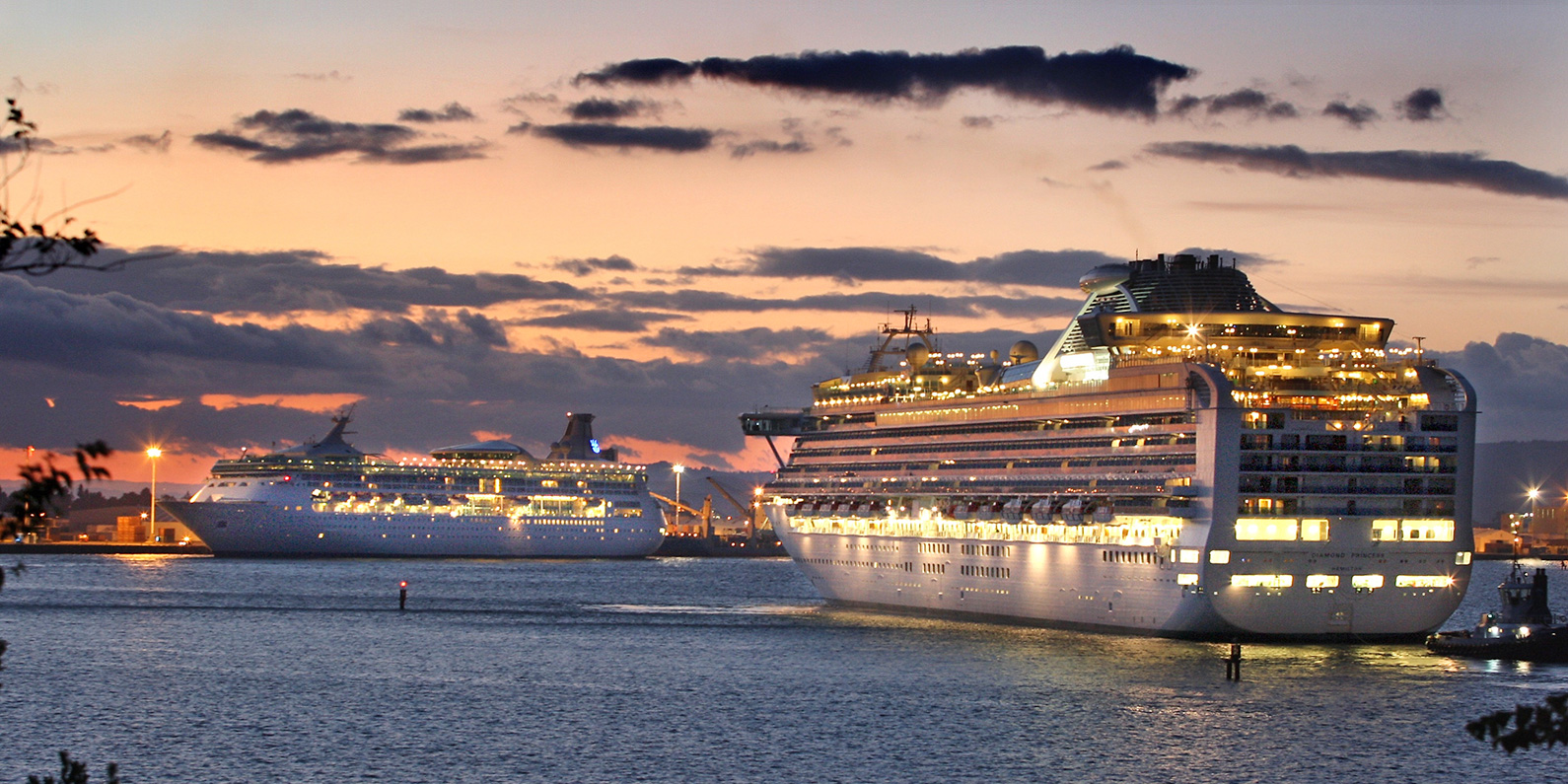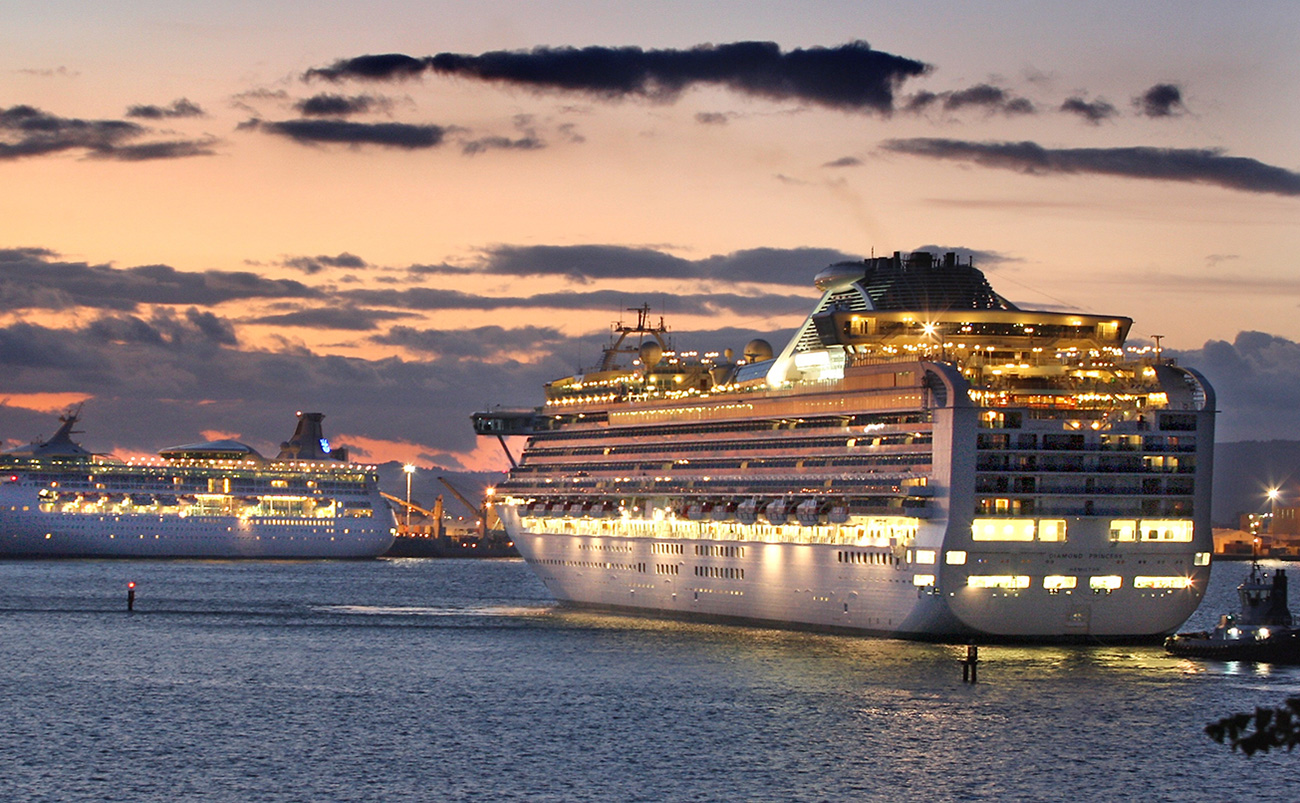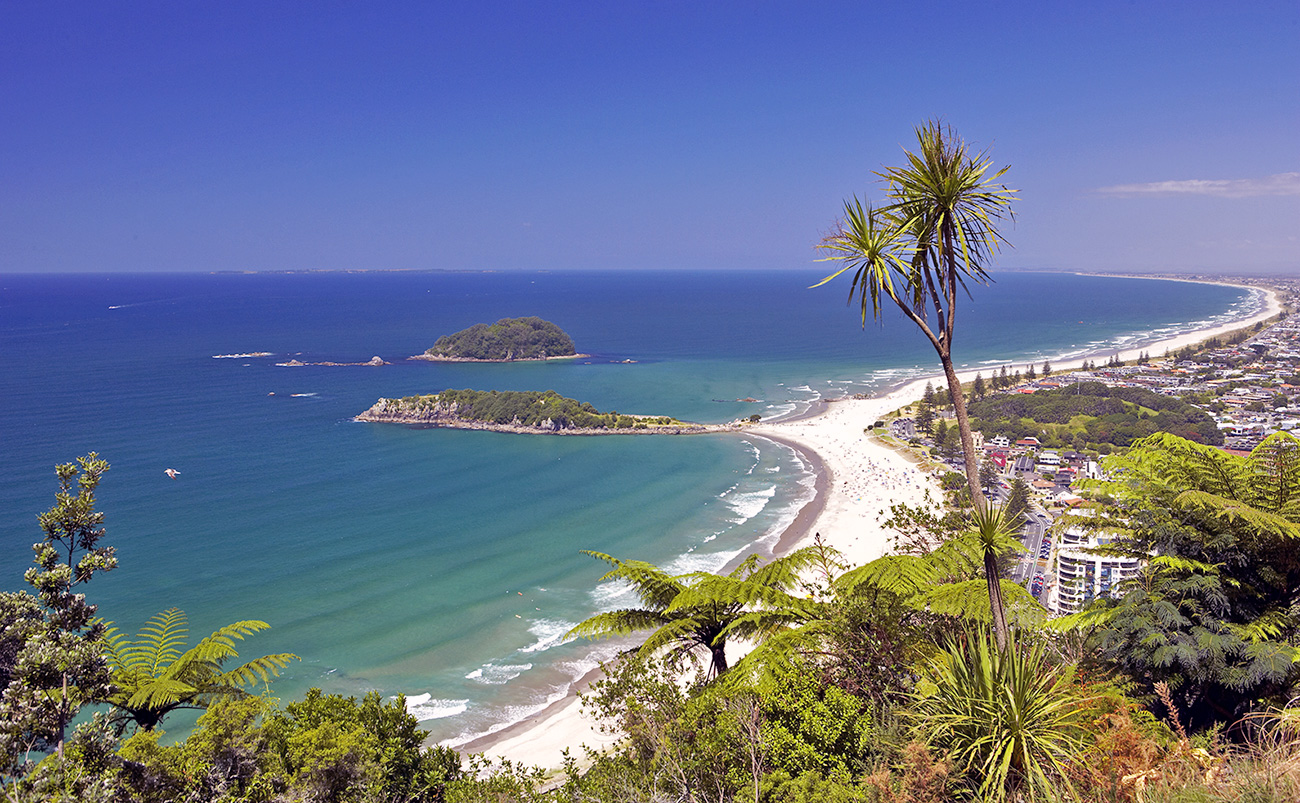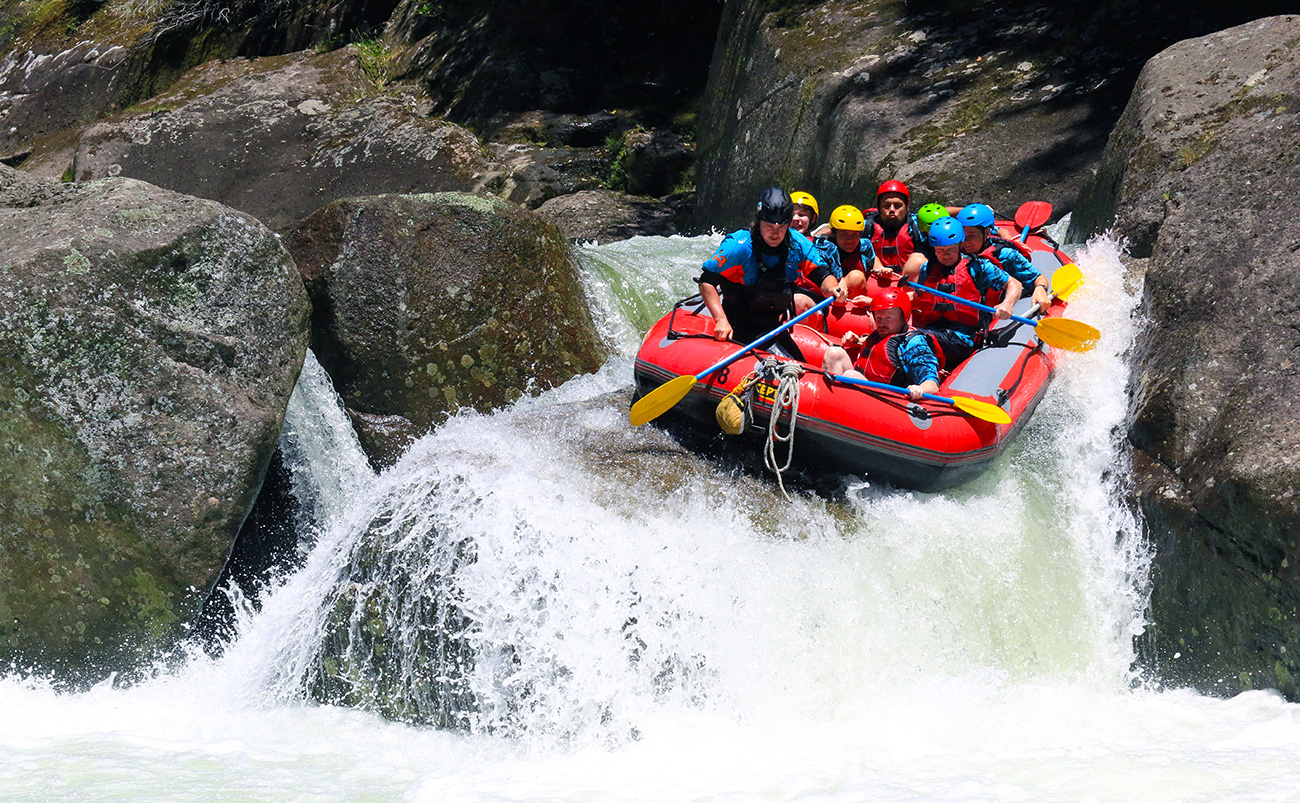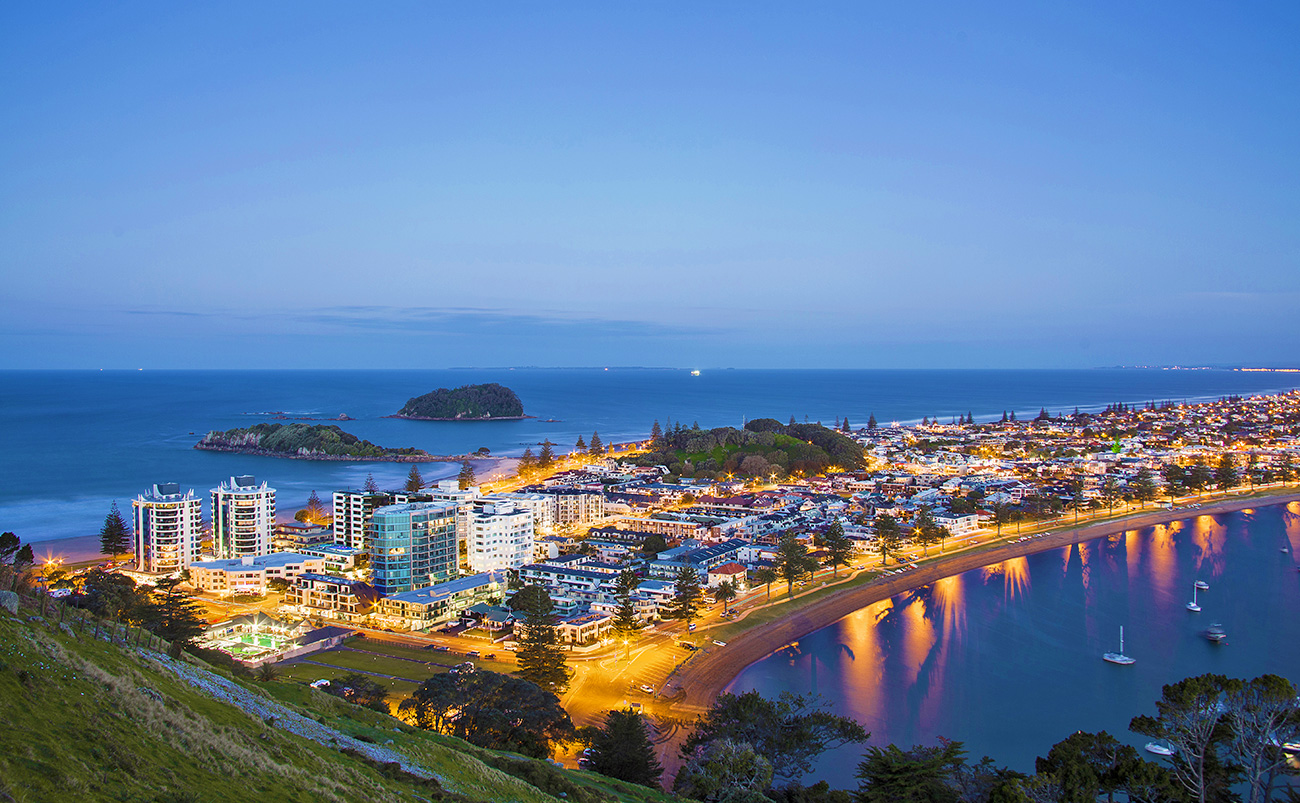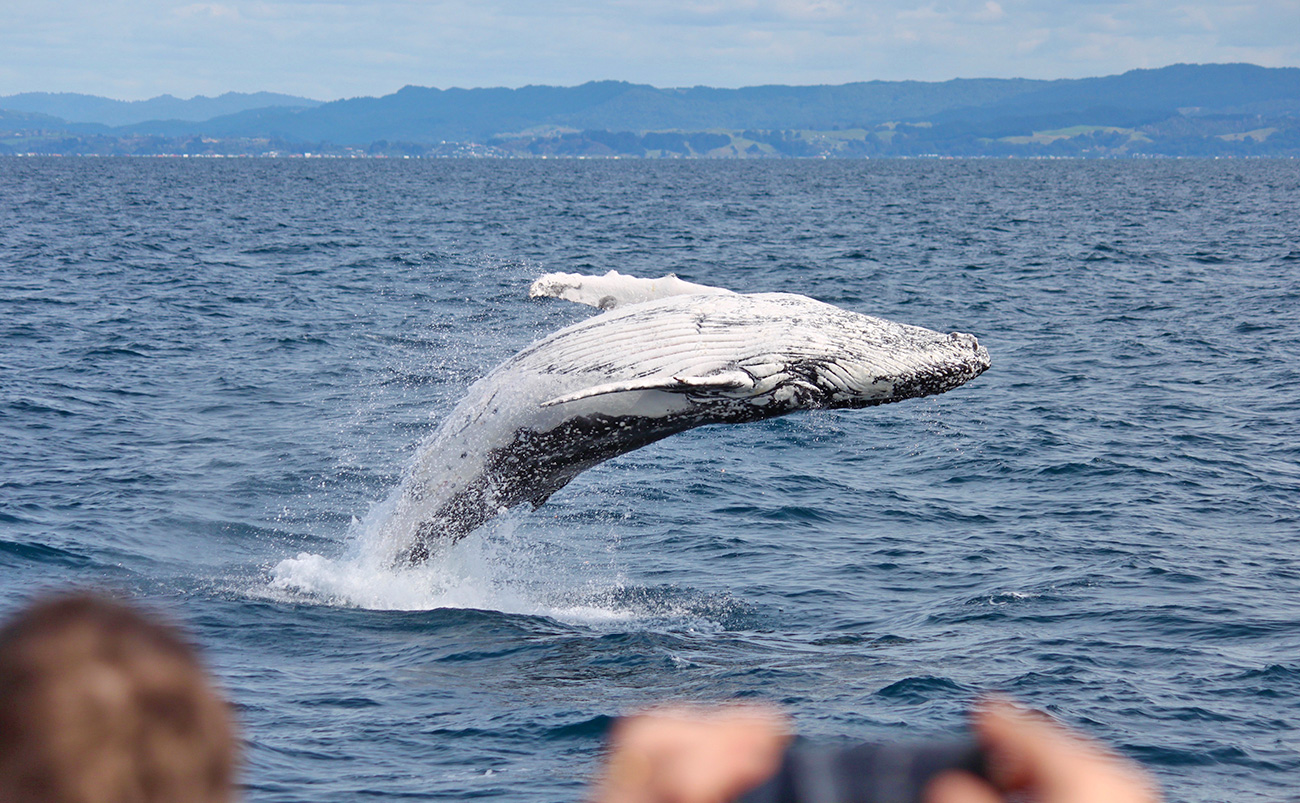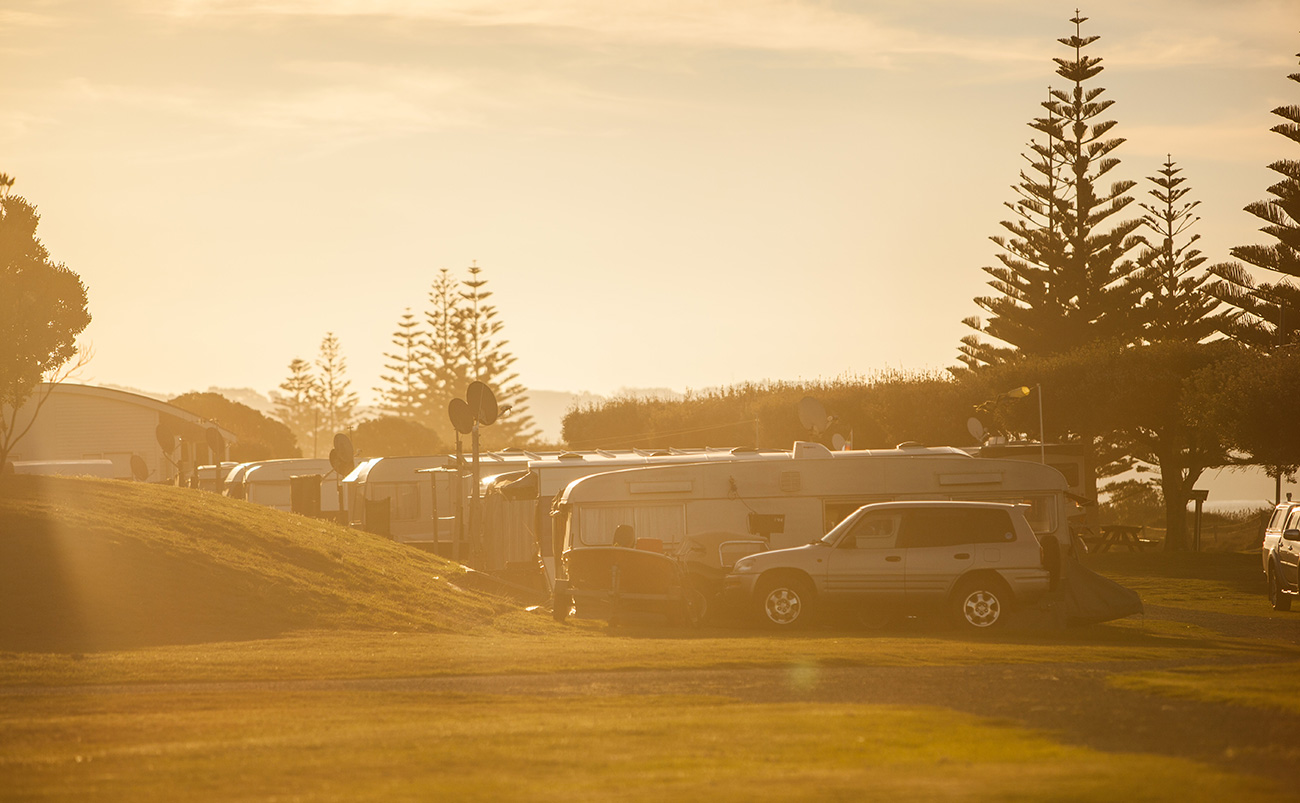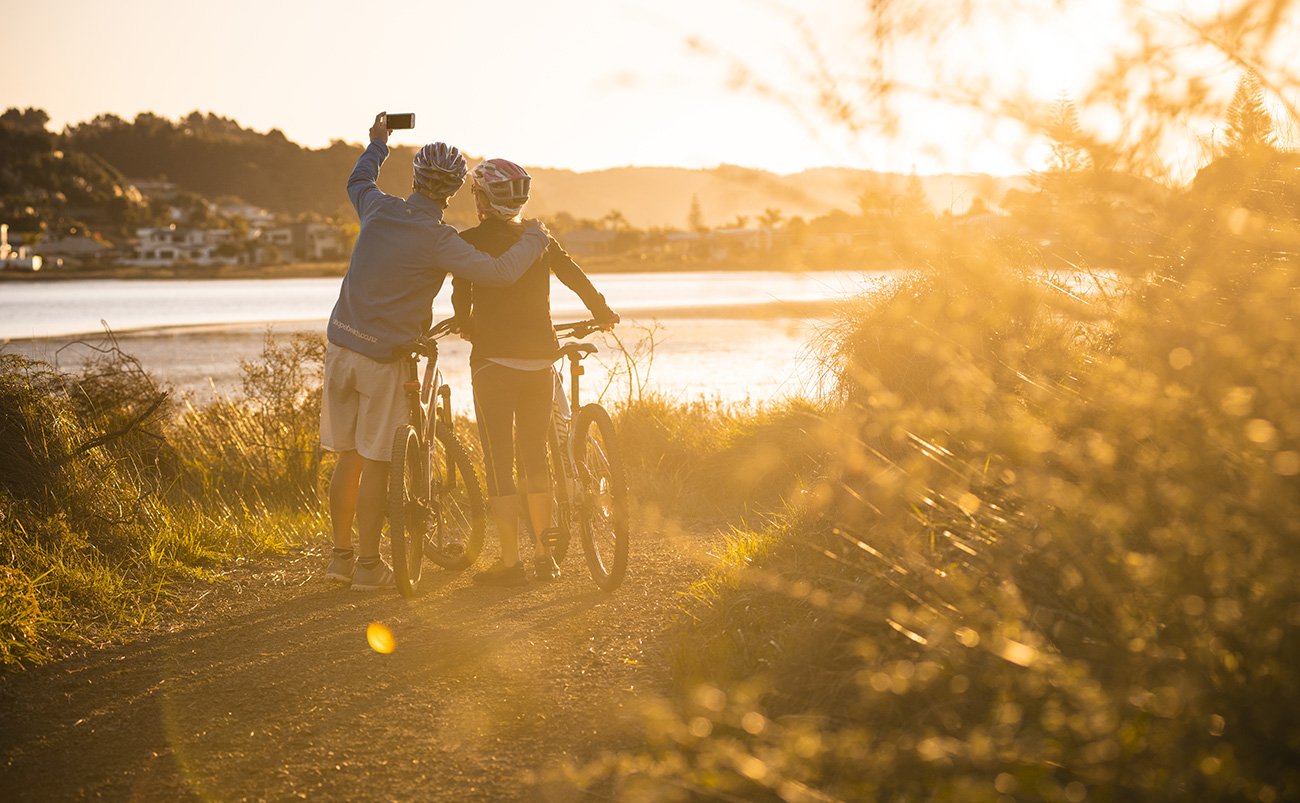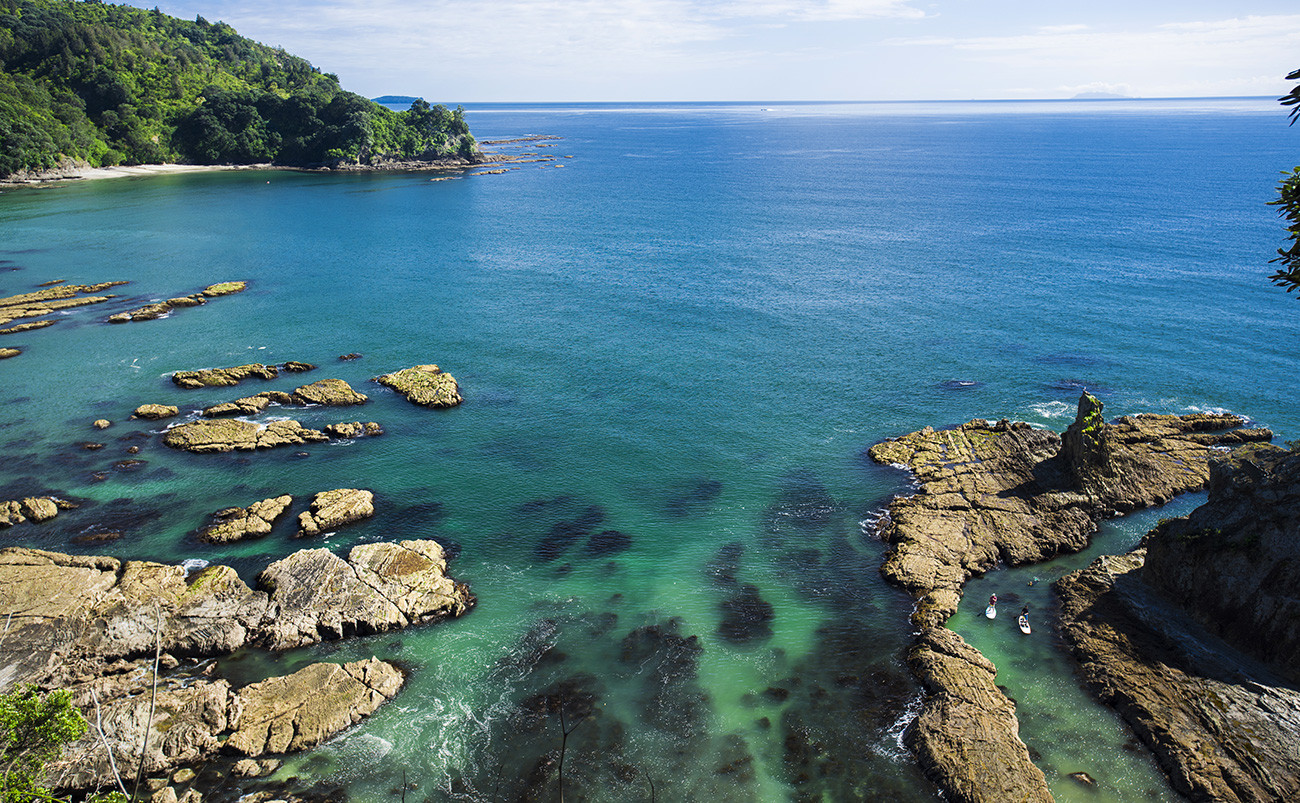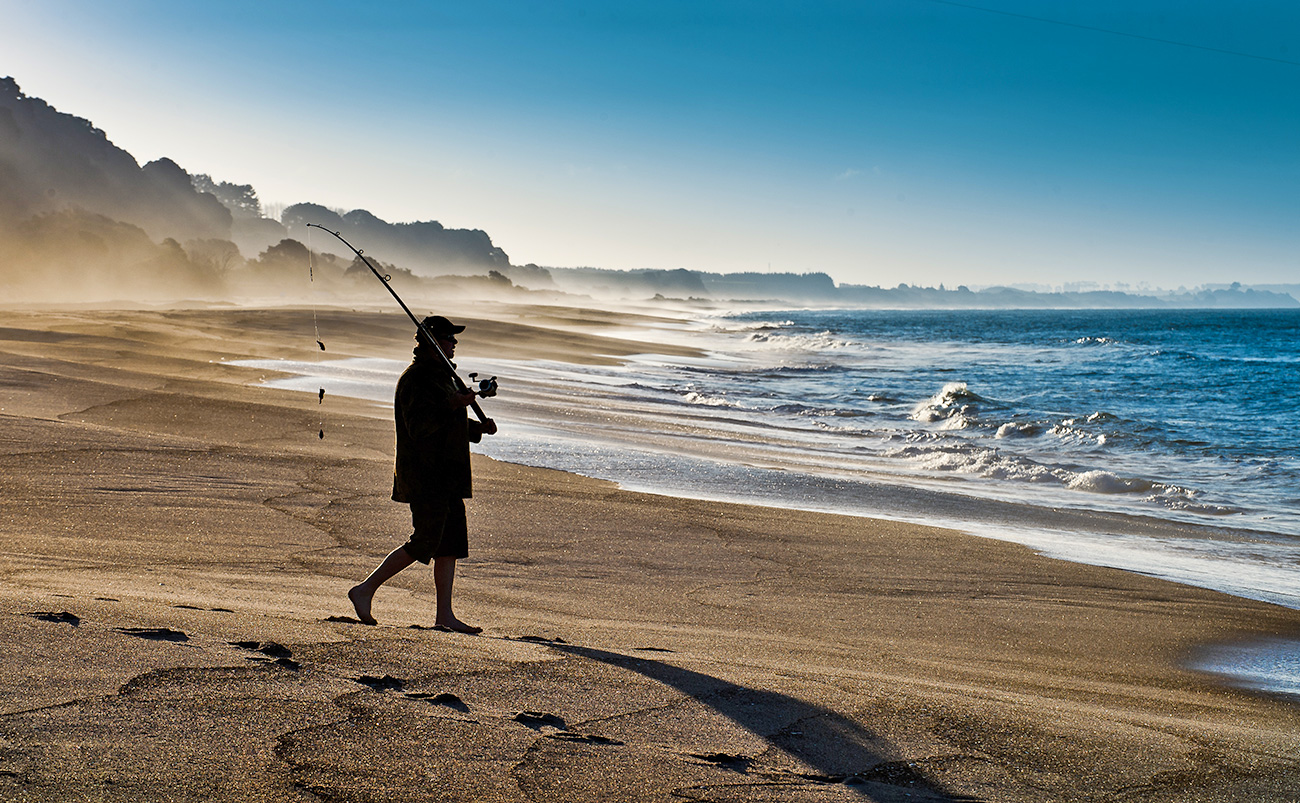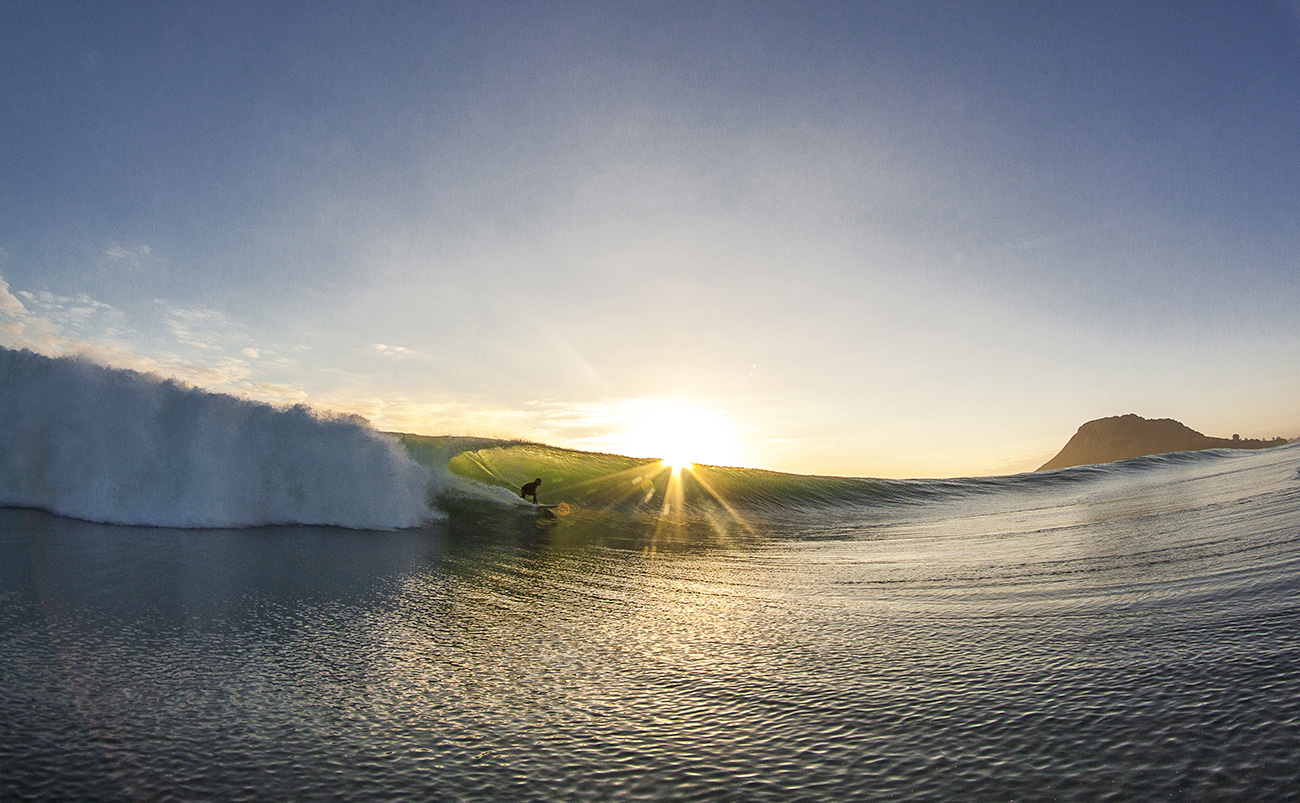When 18th Century navigator Captain James Cook sailed into the region aboard the Endeavour he was so impressed he aptly named it The Bay of Plenty. The region is still living up to its name and is one of the country’s premier holiday destinations surrounded by glittering white sand, crystal clear, rolling surf beaches, beautiful harbours and an unbeatable lifestyle.
Table of Contents
Something for Everyone
Located on the East Coast of New Zealand’s beautiful North Island, the Bay of Plenty offers so much choice. Head for the coast and take the opportunity to surf, fish, hire a boat or just dig your toes in the sand and read your book. Drive inland to explore untouched New Zealand forests; discover the charms of inland towns, restful harbour sanctuaries and fresh, tumbling river waters. In the Bay of Plenty there is something for everyone.
Everything you need for your ultimate holiday can be found here – sun, surf and seaside cafes, endless amounts of activities and attractions and in the heart of Tauranga City are a plethora of bars, restaurants and specialty stores so you can party or shop ’til you drop’. The pace of life can be leisurely here in the Bay of Plenty. Take the time to sample fresh fruit and vegetables bought from stalls along the road side, chat to the locals and feel yourself unwind.
If you’re an adrenaline junkie, the region has plenty of thrilling activities on offer. Experience jet boating, sky diving, whitewater rafting, 4W drive escapades or take the whole family to an adventure park for a big day out. Whether you’re looking to experience New Zealand’s natural wonders, enjoy the vibrancy of cafes, restaurants and shopping or relaxing on beaches, the Bay of Plenty has it all.
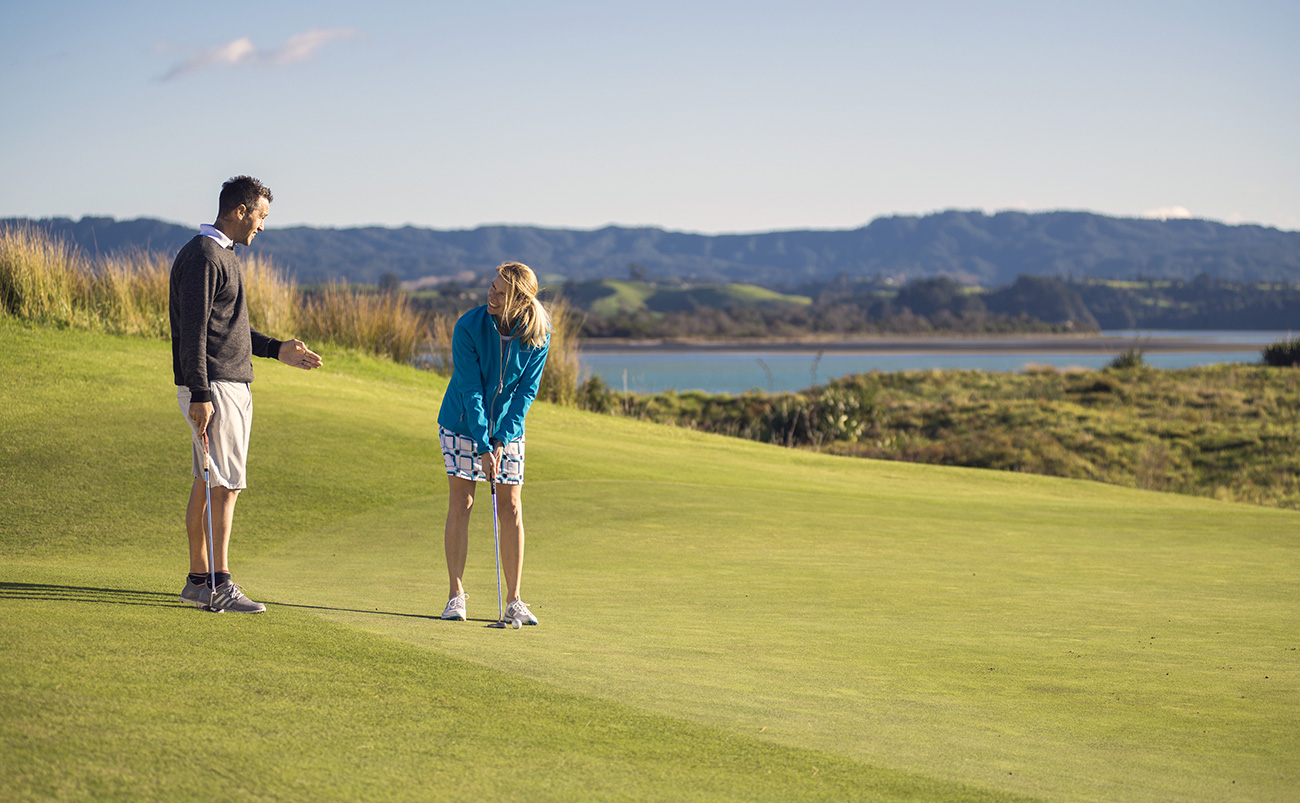
History
Polynesians, who discovered New Zealand after their epic journey across the Pacific Ocean from Hawaiki, settled in the Bay of Plenty about 1,000 years ago. More than 400 years went by before the Bay of Plenty was to be given its name. The man responsible was Captain James Cook during his circumnavigation of New Zealand in 1769.
The first European settlement happened in the early 1830’s and was a mixture of traders and missionaries. James Farrow was the first permanent trader in the Bay of Plenty and came to Tauranga in 1829 to obtain flax fibre for Australian merchants. Soon after Philip Tapsell arrived at Maketu as a flax trader in the late 1830’s for Te Arawa. The mission site was chosen in 1835 and a permanent mission presence was established. The Te Papa Mission House (known today at ‘The Elms) was completed in 1847.
But Tauranga didn’t flourish immediately – it got off to a slow start. In the 1860’s many military settlers abandoned their land and left. Maori opposed the surveying and settlement of farm lots and it was considered dangerous to settle on the farms.
In the 1880’s there was a slump in the economy over much of New Zealand and the township of Tauranga was still struggling. Population dropped from about 1250 in 1882 to under 1000 by 1900. It wasn’t until 1882 that Tauranga became a borough with its first Mayor George Vesey Stewart. Mr Stewart immigrated to New Zealand from Ireland after a failed business. He was popular because he brought in total six shiploads of settlers to the region and Tauranga residents were ecstatic, certain that the future prosperity of the region was assured.
In 1950 one of the key factors attributing to the turning point in the history of Tauranga occurred when Tauranga was chosen over Whakatane as an export port for the Bay of Plenty. This created many jobs, more people moved here and by 1963 Tauranga’s population reached over 20,000 – and Tauranga became a city. And the rest, as they say, is history!
Culture
The sacred world of New Zealand Maori and their culture can be experienced first hand, by visiting a Marae which is a gathering place for local Maori people and is their social, cultural and spiritual community centre.
Visitors to Paparoa Marae in Te Puna are welcomed to the whanau (family). Paparoa is a family based Marae. It exists to provide a centre for the people of a number of families who can trace their ancestry back to the earliest settlements in this region in the 14th century. All of the whanau of Paparoa Marae descend from two ancestors. They recognise their identity as being from this place and are termed ‘tangata whenua’ or ‘people of this land’. This welcome is no ordinary event; it is a statement that once you have been accepted through the ritual of ‘powhiri’ or formal welcome, then you become part of the whanau. You may return many years into the future and still be accepted as part of Paparoa Marae.
You will also witness the wero (challenge), the welcoming speeches and the hongi (traditional greeting). You can learn of the rich Maori history, explanations of the Marae and carvings and you will see that the oral traditions of storytelling are very much alive today. The native forest is at the heart of Maori identity and you will gain insights into traditional Maori connections with nature so that you can understand how modern Maori are trying to make their history and language useful to them today. Dining will be from a traditional hangi (the Maori method of cooking under ground) and you will be entertained by their local culture group.
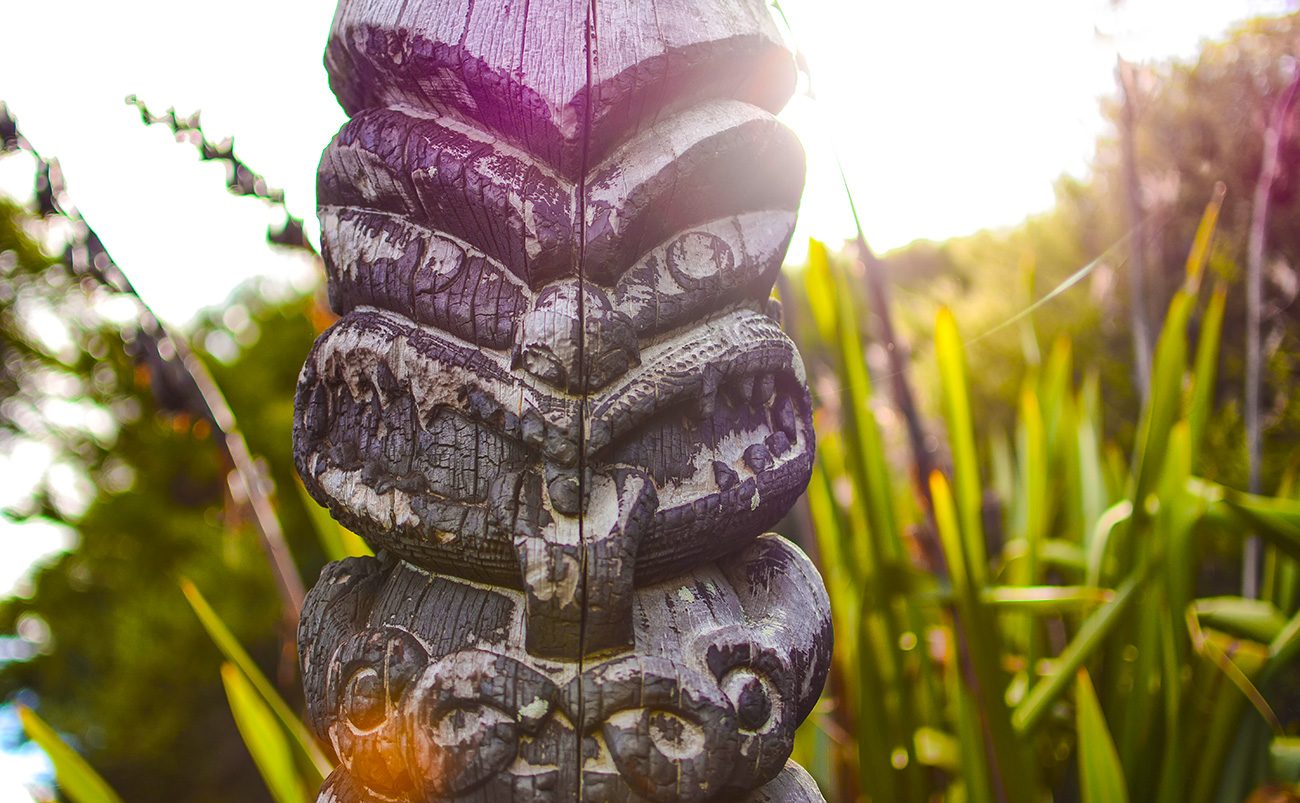
Climate
The Bay of Plenty is one of the sunniest places in New Zealand, renown for its clear blue skies and consistent warm and fine weather. Temperatures reach between 26°C – 32°C in the summer months and average around 12°C in the winter. Visit our weather information page for more information.
